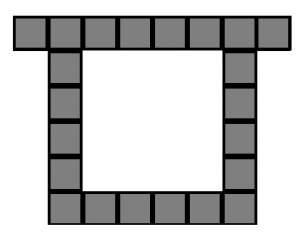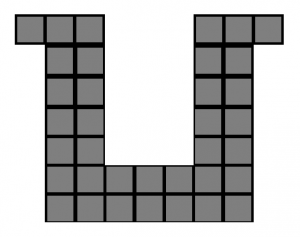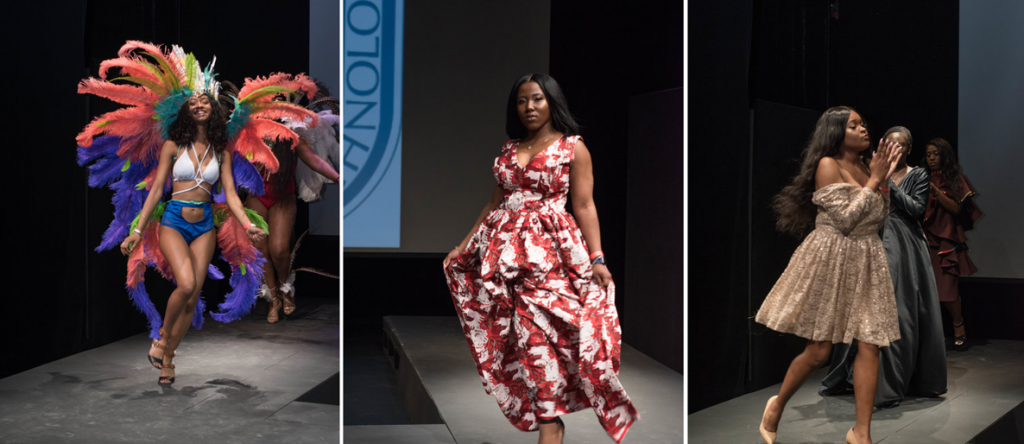For the fashion show, the Student Government Association wanted a square shaped stage that they could enter from the sides. Once the mutual decision was made to carry through with it, the design process began to transition into a technical process:

This is the second concept for the stage. The space is much larger to accommodate dancing in the middle of the stage opening. However, there would also be dancing on top of the platforms, so this concept is still too narrow.

This was the final product, which accommodated for the large dancing space that the performers and models needed, while also considering the amount of triscuit platforms that we had available in the shop.
Once the design was finalized, the build/load-in schedules were predicted, and the drafting process began:

This was my projected build calendar. A lot of these days were contingency days which we thankfully didn’t need to use, as everything ran smoothly!

This was the actual build calendar. The only difference in comparison to the predicted calendar is that we swapped the tasks within the first two weeks.
After these drawings were handed over, the construction process begun. The projected schedule was much more detailed and work-intensive than the needed days for the production because we had enough people on the scenery crew to contribute!

The greatest concern during load-in, was that in my construction drawings, the measurements were matching up. However, when we went and cut everything to size, it didn’t match up. This square at the corner was the remainder. The quick fix was to take the measurements of the remaining open space, quickly cut more MDF, and paint it in black.
Conclusion:
This show really taught me the importance of time management just as much as it allowed me to hone in on my technical skills. “The show must go on” truly applies to this, as all issues needed to be resolved in order for the show to not be jeopardized. It was an incredible opportunity to be able to do this as my culmination, as it allowed me to show myself exactly how much I’ve learned throughout my time in the Entertainment Technology department. This project was incredibly humbling and taught me a new level of patience that I am dedicated to applying in all future projects!
















